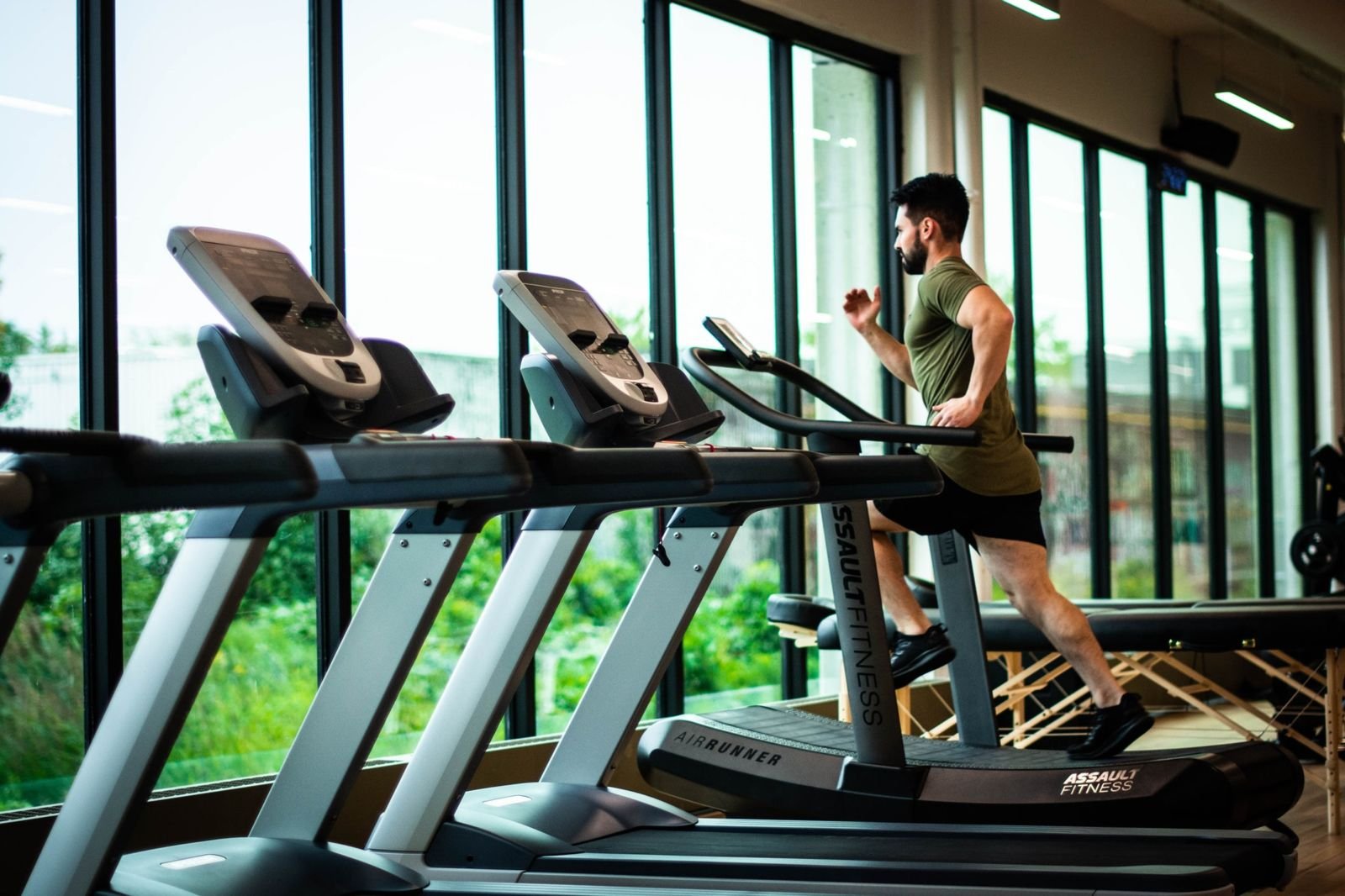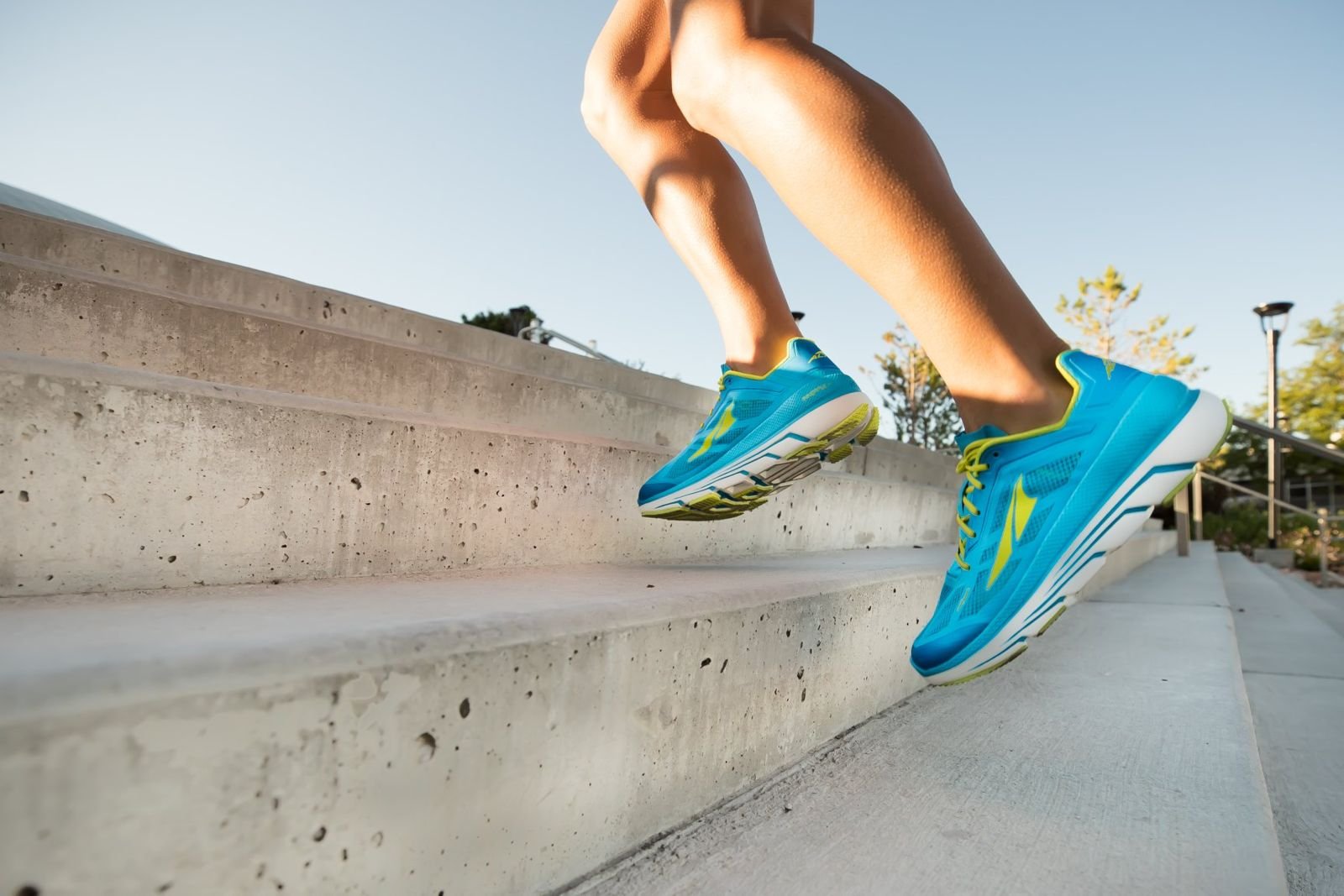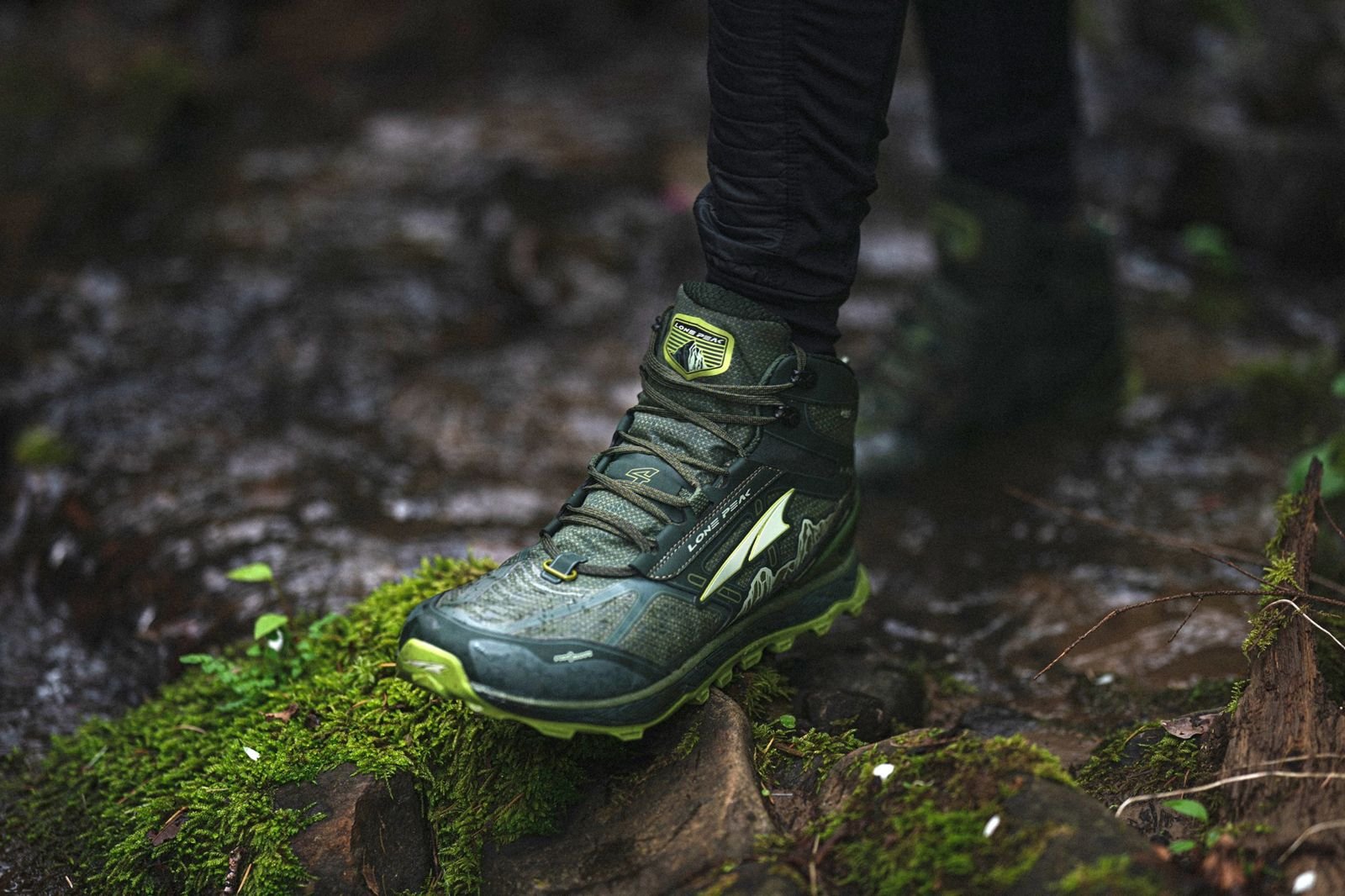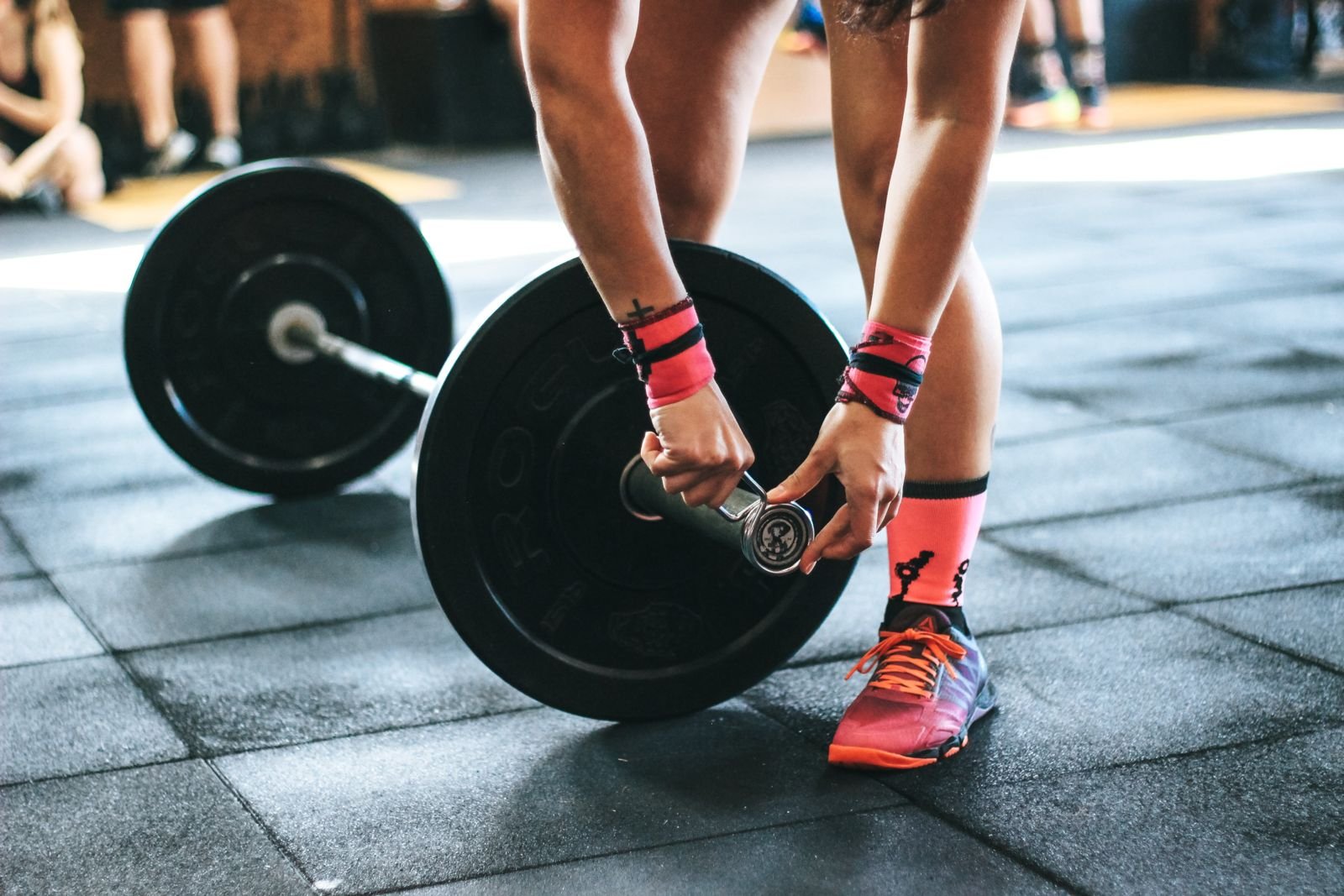If you’ve set a new year’s resolution to exercise more in 2021, we want to make sure that you and your feet are able to stick to it! Working out provides great benefits for your overall health, but it can cause additional stress on your lower limbs if you don’t wear the proper footwear.
Wearing the right shoes for physical activities improves your comfort and performance, and most significantly, can prevent injuries. Here are a few tips to consider before you buy!

Shop Your Size
When shopping for any shoe, it’s imperative that you find the right fit. This is especially important when it comes to athletic shoes because of the increased pressure on your foot. Ill-fitting athletic shoes can cause a variety of issues from blisters and black toenails to hammertoes and heel pain.
The best way to ensure that you buy the correct size shoe is to get your feet measured. Although our feet generally tend to stop growing by age 20, factors like injury, weight, and pregnancy can affect the shape and size of your foot. An up-to-date measurement lets you know the exact length and width of your feet as well as any irregularities.
Since feet tend to swell over the course of a day, we suggest that you shop in the evening when your feet are most swollen. We also recommend that you bring along any orthotics, braces, or socks that you’d usually wear while exercising. A properly-fitting sneaker should hold your heel in place and have enough room in the toe box for you to wiggle your toes.

Image courtesy of Altra Running(opens in a new tab).
Know Your Needs
With the vast selection of colors, styles, and brands, shoppers can be influenced to base their footwear choices on trends rather than functionality. Unfortunately, just because a shoe is popular doesn’t mean that it’s well-suited for your feet. Make sure that you consider the unique characteristics of your feet while comparing footwear options.
For example, if you have high arches, then your feet are more likely to roll outward (supination) which can lead to ankle injuries and plantar fasciitis. You should look for a flexible athletic shoe with a cushioned insole to counter this condition. On the other hand, if you have low arches, then your feet probably tend to roll inward (overpronation). This can result in shin splints and knee pain, so you’ll need a supportive shoe with motion-control features for added stability.

Image courtesy of Altra Running(opens in a new tab).
Consider Your Activity
Nowadays, athletic shoes are intentionally designed with specific activities in mind. Every exercise requires your body and feet to make distinctive movements and act in a certain way. Wearing the wrong footwear can prevent your foot from functioning effectively. Before you grab just any pair of sneakers, consider the activities you engage in most frequently.
- Running: Since running is a high-impact activity on your feet, runners need a shoe with a good balance of cushioning (to disperse landing forces) and stability (to reduce ankle rolls). Additionally, the heel of a running shoe should be slightly higher than the forefoot in order to facilitate forward motion.
- Walking: Walking is a low-impact activity that doesn’t require extra cushioning, but a good walking shoe should still provide adequate support and shock absorption. If you walk outdoors, we suggest a sneaker with a medium tread.
- Hiking: Ankle stability and traction are important factors when walking on uneven surfaces. Frequent hikers should find shoes that feature a high-cut ankle and larger tread to avoid a dangerous fall on the trail.
- Weight Training: Weight-lifters need a very stable shoe that can transfer forces into the ground rather than absorbing it, which will help maximize the lift. Weight-lifting shoes should also have a hard, flat sole to give you a strong base, and a slightly raised heel to increase squat depth.
If you’re active in several forms of exercise, consider a cross-training shoe. Cross-trainers are designed with a combination of features that make them highly adaptable and sufficient for most gym-related activities.

Ensure that your feet are able to endure the forces that come with physical activity by purchasing the correct shoe for your particular needs and fitness preferences. We highly recommend shopping at The Right Shoe for podiatrist-recommended footwear. The staff is trained to identify your foot's needs and find the optimal shoe to meet those needs. Learn more by visiting their website(opens in a new tab)!
Prolonged pain is never normal. If you find that your lower limbs are consistently in pain during or after exercise, call us at (717) 757-3537 to schedule an appointment with one of our doctors.
